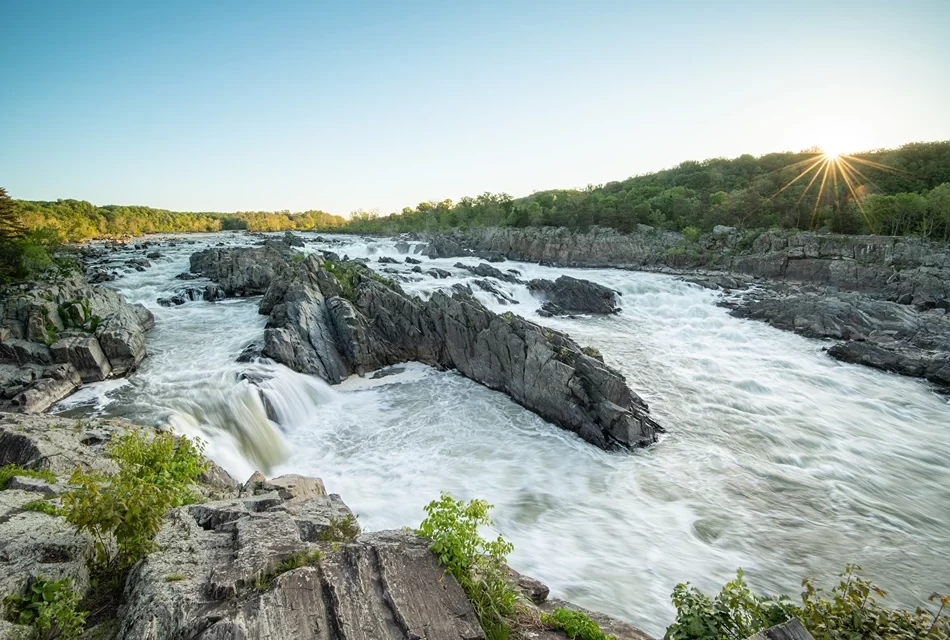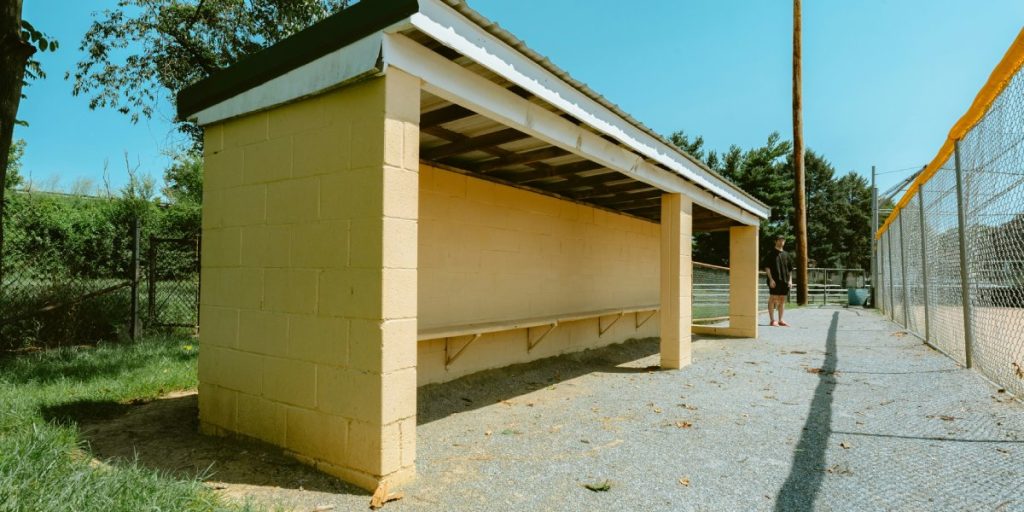From natural beauty to historic battlefields, there’s plenty to explore and take in at Virginia’s National Parks
By Kristen Cerney
With Virginia’s enchanting natural beauty and colorful history, visiting the state’s national parks creates unforgettable experiences. From the jagged cliffs at Shenandoah National Park to the beautiful grasslands at Petersburg National Battlefield, Virginia’s parks offer a unique tapestry brimming with a storied past.
Stay Ahead in Sports Planning—Subscribe Today! and Read More Sports Info for FREE
Shenandoah National Park in Virginia
Nestled at the summit of the Blue Ridge Mountains, Shenandoah National Park spans over 200,000 acres of natural splendor, including over 100 miles of the famous Appalachian Trail. Amid the trees and ever-changing topography, 500 miles of hiking trails wind throughout the entire park, from mountain peaks to hollow woodlands.
The unbridled beauty of this park is also a refuge to over 50 mammal species and 20-plus reptile and amphibian species. Both resident and transient birds find safety within the oak-hickory forests. The 570-million-year-old sheer, jagged cliffs of Stony Man are classified as greenstones, which make up the highest peak at the park. Nearly 90 perennial streams flow through this land, either cascading over cliffs, creating 93-foot tall waterfalls or spilling into the Shenandoah, Rappahannock or James Rivers.
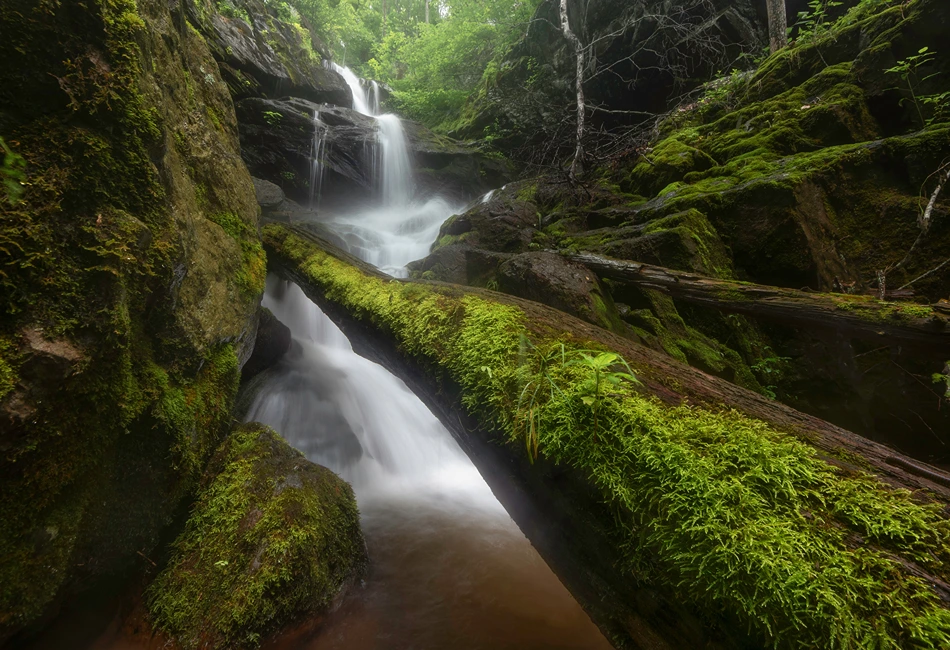
Virginia’s Great Falls National Park
The Potomac River collects drainage from a vast 15,000 square miles of land causing rapid currents throughout Great Falls National Park. The breadth of the Falls’ rivers ranges between 60 to 100 feet, slimming as it feeds into Mather Gorge. The topography’s formation makes this environment perfect for flooding, as the surging current of the Potomac River must funnel through the restricted chokepoint. Flooding is frequent, promoting healthy plantlife, such as sticky goldenrod, as water provides efficient means of transport for sediment and seeds.
The three overlooks offer splendid views of Rapid Falls, with Overlook Three allowing visitors the most head-on perspective of the Great Falls. Hikers can enjoy 15 miles of hiking trails, some placed along the cliffs of the river, as well as some within the wooded areas.
Historic Jamestown in Virginia
The Jamestown Rediscovery project commenced in 1994 under the Association for the Preservation of Virginia Antiquities (APVA)—now Preservation Virginia—with the goal to locate the original James Fort, ca 1607–1624. The search has been successful in finding the region of the fort and principal buildings, and unearthed more than three million artifacts. Researchers have been able to understand details about the early settlers’ life and their relationship with Native Americans.
The history is one riddled with disease, famine and violence. The Virginia Company settlers arrived on Jamestown Island on May 14, 1607 with intentions to make an English colony. Within days, the Powhatan people attacked, beginning what would be a tumultuous relationship between the two groups. Eventually the settlers were able to create the first permanent colony in North America. Historic Jamestowne offers history and archaeology tours of these incredible sites, where visitors can learn about 17th-century Jamestown and the research that has made rediscovery possible.
Level Up Your Event Planning Skills—Subscribe Now and Download the SPG Magazine for Expert Tips and News
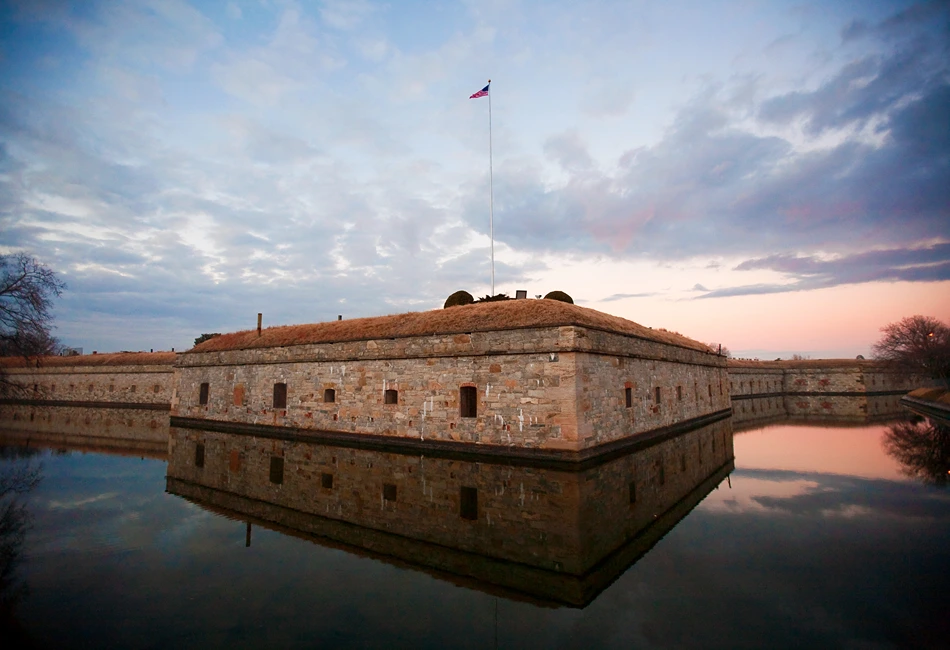
Fort Monroe, VA
Encircled by Chesapeke Bay at Old Point Comfort, this former military installation’s history is absorbed with the lives of the Powhatan People, early English colonization and military occupation. The surrounding area has a touch of natural beauty, historical significance and everything in between.
The Fort Monroe Visitor and Education Center welcomes visitors to Fort Monroe, which puts on exquisite exhibits and works to commemorate the historical feats of this location. The center highlights the intersection of three cultures throughout 400 years of documented history: Native American, African and European.
The Casemate Museum is housed within the Fort, focusing on the seacoast fortifications at Old Point Comfort. Visitors will learn about the history of Indigenous Americans, the first English colonists, seacoast fortifications and casemates, refuge for Contraband and much more.
The 1619 African Landing Memorial commemorates the 1619 Landing of the First Enslaved Americans in English North America at Point Comfort. The Memorial stands to remember the historical significance of slavery in the United States.
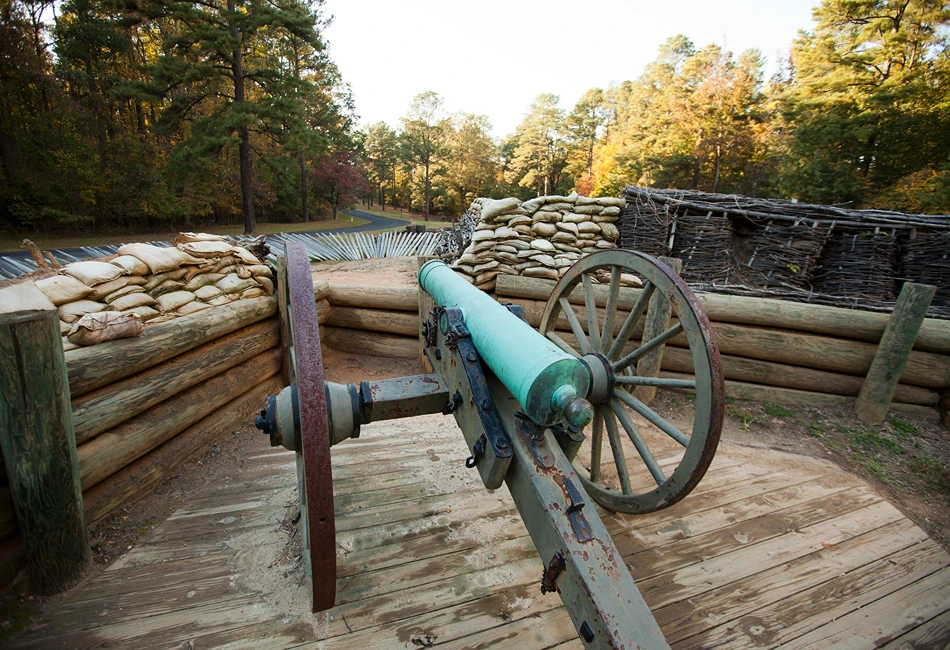
Manassas, Virginia
On the fields overlooking Bull Run, a brutal battle between Union and Confederate armies occurred on July 21, 1861, becoming the first of many land battles among the two parties. Over a year later in August 1862, they clashed again in the plains of Manassas in a catastrophic battle, with double the amount of soldiers and quintuple the amount of casualties.
In an effort to humanize the soldiers from these battles, the museum at Manassas displays authentic uniforms worn by real soldiers and artillery used in the war. These fields in Manassas are one of the last native grasslands in the nation, so not only is history being preserved and protected, but so is the environment. Visitors can walk in the steps of the soldiers through the plains, learn about the historical and archaeological discoveries that have been recovered and enjoy the natural beauty of the area.
Petersburg National Battlefield in Virginia
Throughout the beginning of the Civil War, Petersburg had the most freed slaves of any Southern city, making up nearly 35-percent of the entire African-American population at the time. Both freedmen and enslaved men were used as manual labor, making a ten-mile defensive line of trenches around the city.
The Siege of Petersburg took place over nine and a half months, ending with 70,000 casualties and the defeat of Gen. Robert E. Lee’s Army of Northern Virginia. The Union’s Gen. Ulysses S. Grant stopped all supply trails, leading to Richmond’s decline on April 3, 1865. This, along with consistent sieges, caused the Confederates to weaken. Nearly a week later, Gen. Lee surrendered.
Important research continues to expound the complicated history of the war, and both the battlefield and surrounding area host guided tours for those wanting to learn more about the location’s past. Petersburg also provides a beautiful landscape to enjoy hiking, biking and fishing for visitors looking to spend some quality time outside while learning about a rich history.
Join the Community of Sports Planners! Get Your Free Subscription and Download the Sports Planning Guide Magazine for FREE

